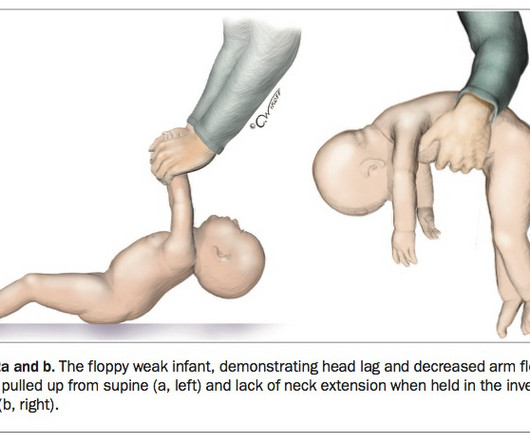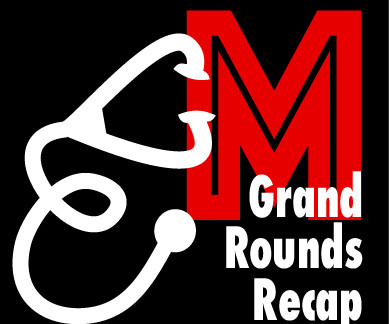emDOCs Podcast – Episode 115: Adult Meningitis
EMDocs
MARCH 4, 2025
Toxicity: Carbon monoxide poisoning Time Course: Typically, a rapidly progressing disease process. Start resuscitating with fluids, and add a vasopressor like norepinephrine. Bacterial Meningitis Mimics: Other flu-like illnesses: COVID, influenza, toxic shock syndrome, myocarditis, endocarditis, spinal epidural abscess, pneumonia.

















Let's personalize your content